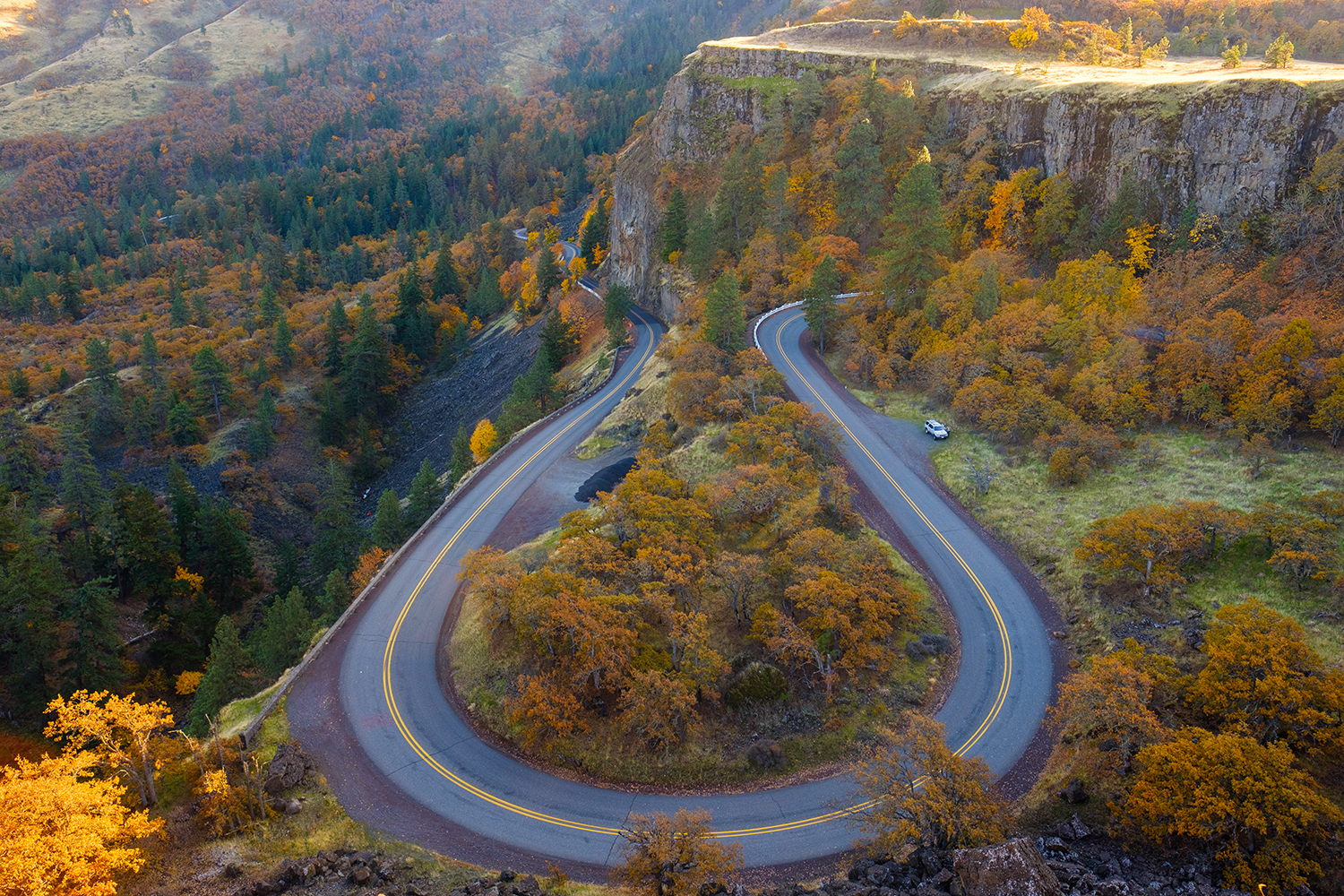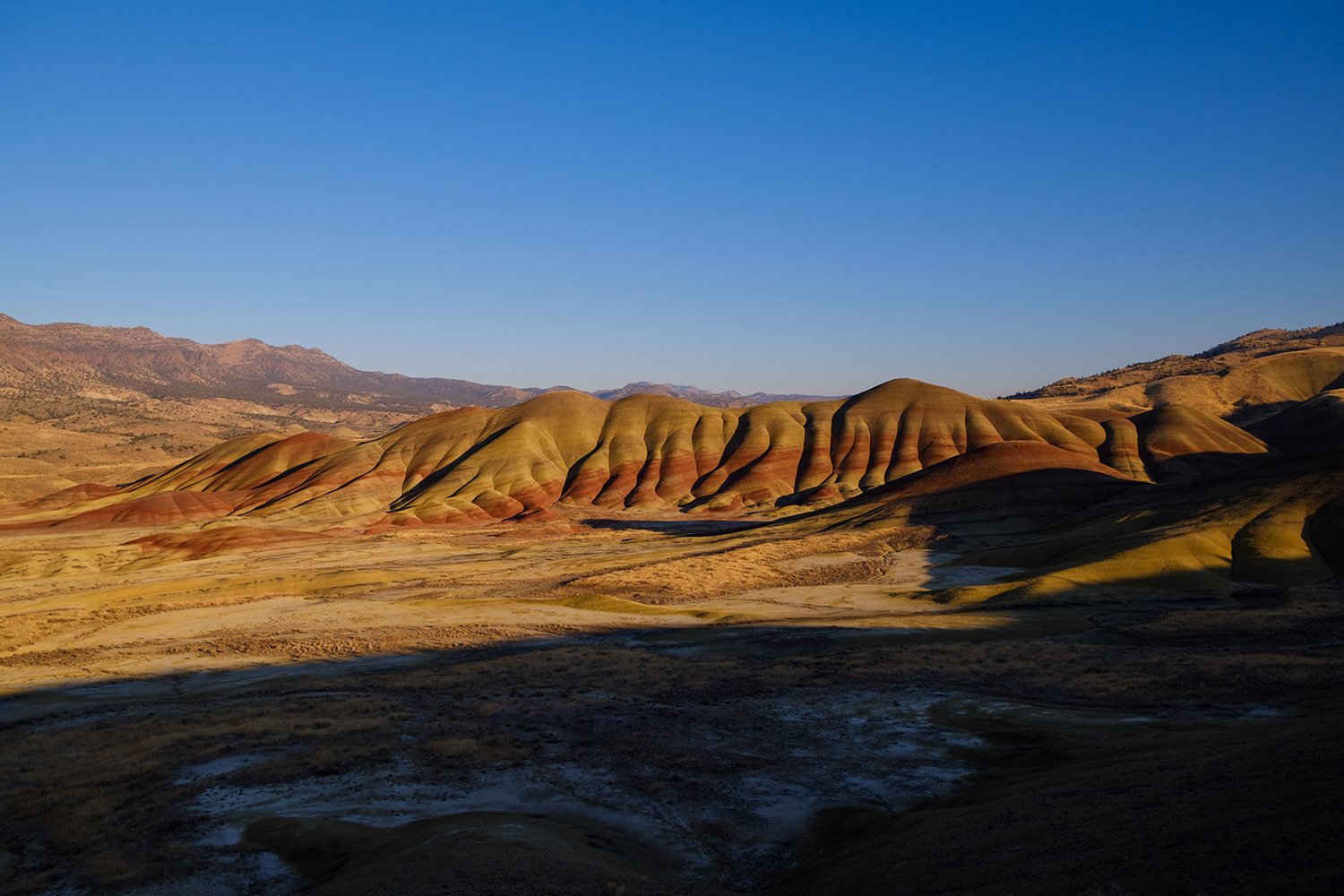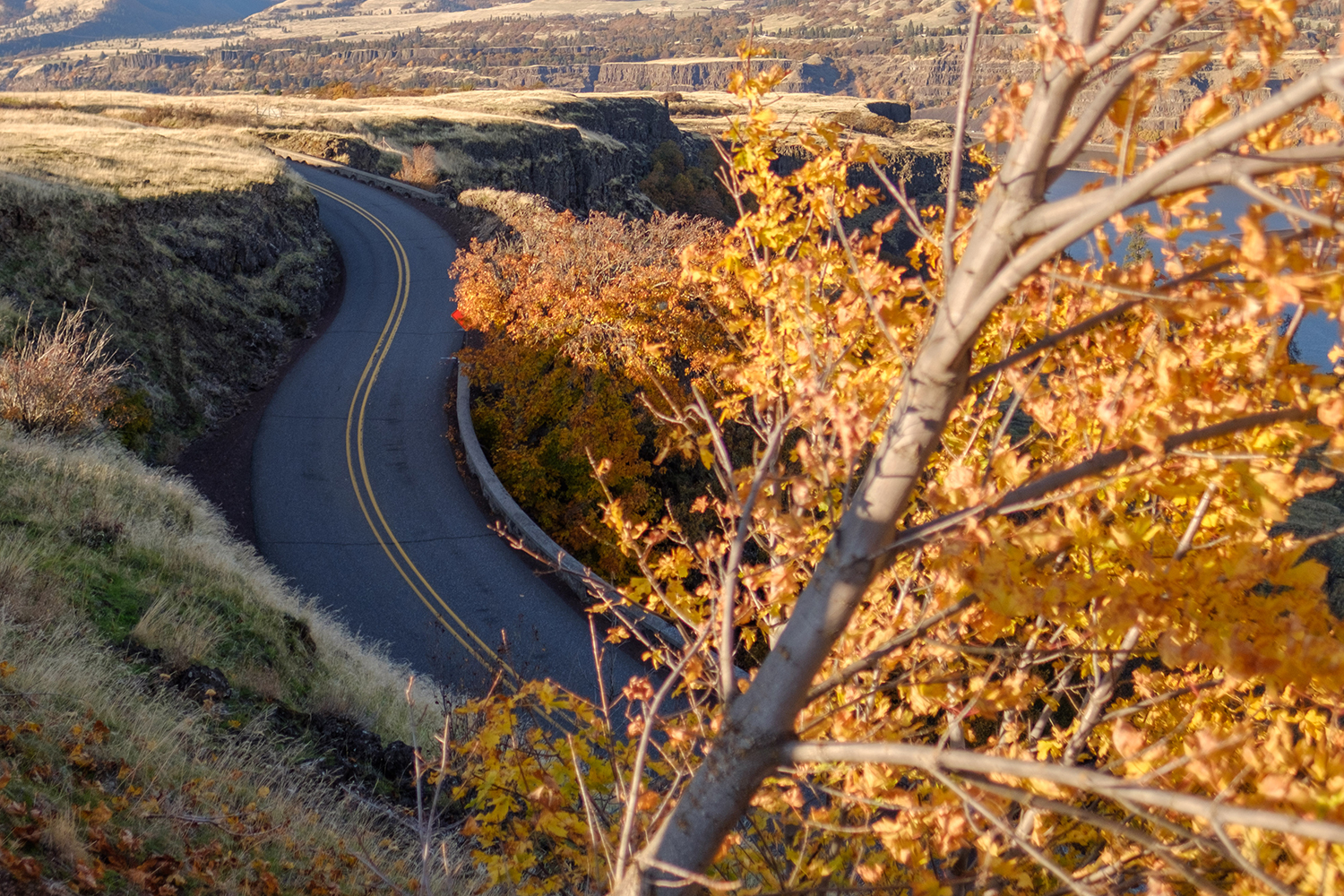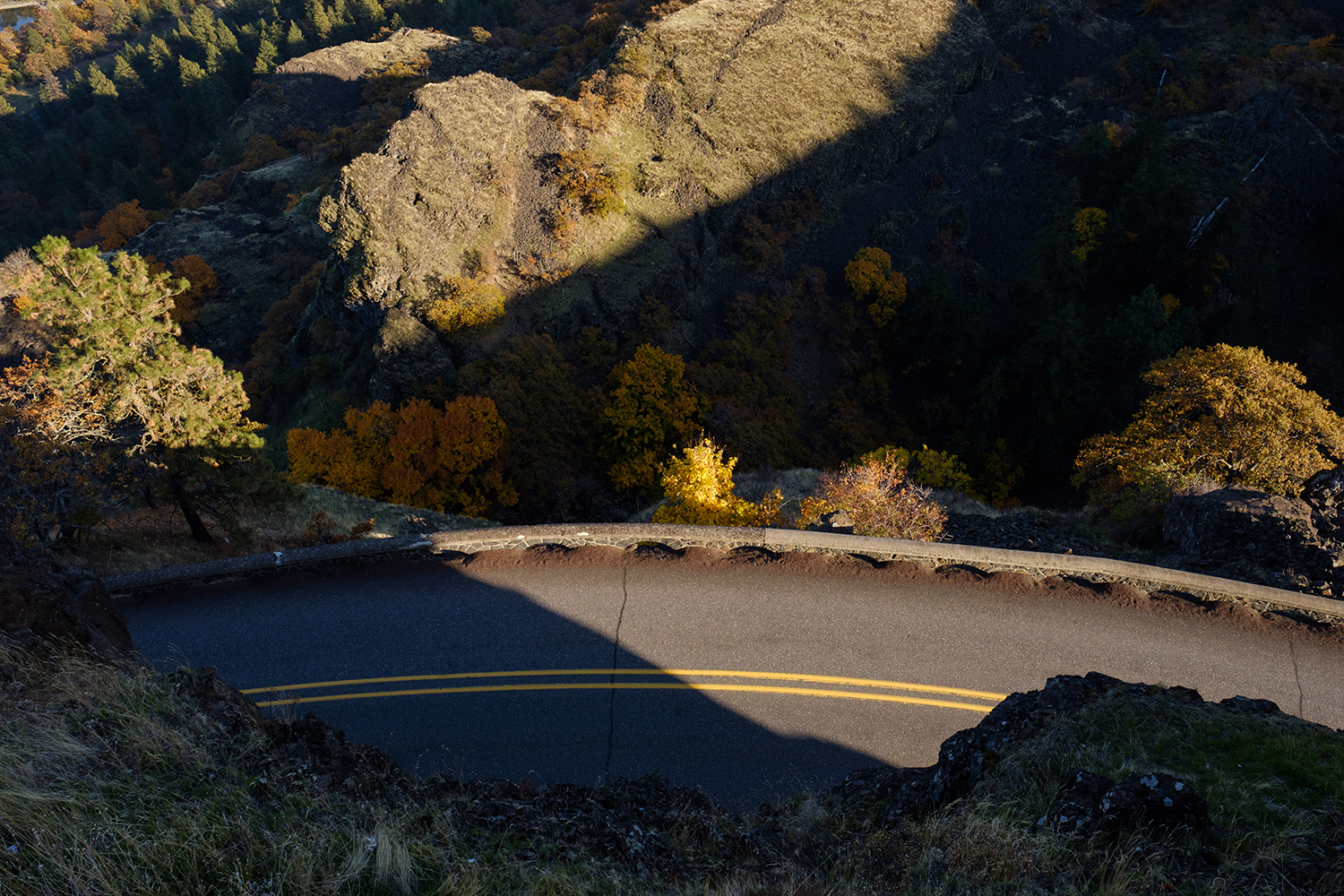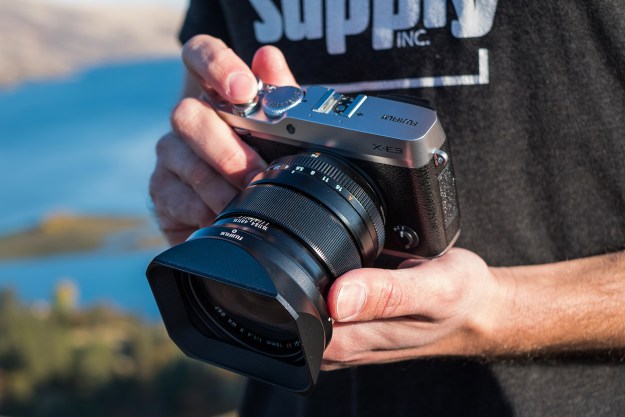
“The Fujifilm X-E3 sacrifices very little to bring professional style and performance to a friendlier price.”
- Wonderful design
- Great image quality
- Strong lens ecosystem
- 4K video
- Great value
- Lacks some direct access control
- No tilt screen
- No internal stabilization
Fujifilm’s X-E-series cameras have always been the affordable alternatives to the flagship X-Pro models, and with the new X-E3, we finally have a proper sidekick to the X-Pro2. The $899 rangefinder-style camera is actually the fourth in the series (lest we forget 2016’s X-E2s) and it is the most refined, streamlined, and powerful version yet. It borrows heavily from the X-Pro2, to the point where many users may have trouble appreciating the differences.
By now, Fujifilm’s approach to its second-tier cameras has become predictable, and we’re certainly not complaining: Take 90-percent of the features of the flagship model, compile them into a smaller body with a simpler control layout, and slap it with a price tag that’s several hundred dollars less. We saw this with the impressive X-T20 just six months after the X-T2, but it took considerably longer for the X-E series to receive the same refresh.
As we’ll cover in our Fujifilm X-E3 review, this camera is awfully close in specs to the X-T20, and deciding between the two is largely a matter of personal taste. The X-T20 is loaded with great features, but the X-E3 takes an elegant, no-nonsense approach to design that distills photography down to its core elements. Users after a distraction-free shooting experience will love it.
Where form meets function
If there’s one universal truth to the Fujifilm X-series, it’s that the cameras are always remarkable to look at. Only the likes of Hasselblad with its X1D-50c and Leica (with, well, any of its cameras) can compete with Fujifilm on style, but they do it at a price point that mere mortals can rarely attain.
The X-E3, particularly in the silver finish of our review unit, is a beautifully retrospective throwback to analog cameras. Compared to the X-E2/X-E2s before it, it has cleaner lines and is slightly smaller overall, partially thanks to the removal of the pop-up flash (a small external flash is included in the box). In fact, it is the smallest viewfinder-equipped X series model in Fujifilm’s lineup.
That viewfinder is where one of the main differences between the X-E and X-Pro cameras shows up: it’s electronic only (essentially the same unit as the X-T20). The X-Pro2 has an optical viewfinder that can be switched into electronic mode, so if you crave that classic rangefinder shooting experience, start saving your pennies (the X-Pro2 starts at $1,699, nearly twice the price of the X-E3).
The X-E3 is a beautifully retrospective throwback to analog cameras.
Of course, a camera that merely looks good isn’t really what it’s all about. Fortunately, the X-E3 is also very usable. It swaps the four-way button cluster on the back for an autofocus point joystick, and the fixed touchscreen can also function as a touchpad to move the AF point while framing through the viewfinder. Touch controls have also replaced the four-way buttons, allowing users to swipe up, down, left, or right to access ISO, film simulation, AF mode, or white balance. In practice, this is certainly a bit more awkward than just pressing a button, but given that all of these features are readily available in the quick menu (accessed with the Q button the thumb grip), it’s easy enough to find them.
What’s more, the need for an ISO button is largely negated by a new front command dial (the X-E2s had just a rear dial). ISO control can be assigned to that dial, which means when working with a lens with an aperture ring, you have dedicated controls for shutter speed, f-stop, and ISO all at your fingertips.
The remaining controls are largely the same, although the rear buttons have been repositioned to create a cleaner look overall.
Compared to the X-T2 (because we had one lying around), the X-E3 is about 50 grams lighter and actually feels even smaller than it looks. We tested it with three lenses, the XF 18-55mm f/2.8-4 kit lens, XF 35mm f/1.4, and XF 16mm f/1.4, but from a pure usability standpoint, this camera would really shine with a compact pancake lens attached, like the XF 27mm f/2.8 or XF 18mm f/2.
This is also the first Fujifilm camera to make use of Bluetooth Low Energy connectivity, which means you can set it up to transfer images to your smart device automatically. Only JPEGs can be shared wirelessly, however, so you’ll still need an SD card reader for your phone or laptop if you want to edit RAW photos on the road in something like Adobe Lightroom CC.
We should mention that, in addition to the $1,300 18-55mm kit, you can buy the X-E3 paired with an XF 23mm f/2 lens for $1,150, shaving $200 off the à la carte price. It’s pretty rare to see a camera kitted with a prime lens, especially at this price point, and we expect Fujifilm fans will appreciate this offering.
Our only real complaint about the X-E3’s design is that the memory card/battery compartment gets completely blocked when you have a tripod plate attached to the camera.
Performance, image quality, and 4K video
This is now the fifth camera built around the 24-megapixel X-Trans CMOS III sensor and X Processor Pro pairing. If you’ve seen sample images from the X-Pro2, X-T2, X-T20, or X100F, there really isn’t anything new to say about image quality here. Again, we certainly aren’t complaining — photos have great detail and color, and RAW files provide ample dynamic range, which comes in handy when shooting high-contrast landscapes.
More resolution sensor, faster speed, improved autofocus, 4K video, and a sleek new design.
As always, we really like Fujifilm’s film simulation modes, which mimic the quality of several different film stocks from Fujifilm’s portfolio, like Velvia, Astia, and Provia (think filters exclusive to Fujifilm cameras). Power users can still manipulate the RAW files to their hearts’ content, but film simulations make out-of-camera JPEGs more than adequate for the average shooter.
The X-E3 has also inherited the same 91-point AF system (expandable to 325 points) from the X-Pro2. It’s certainly the best AF system we’ve ever seen in a Fuji, but performance is dependent on the equipped lens. With the 35mm f/1.4, for example, focus was slower and tended to hunt more in less-than-ideal lighting. Newer lenses, like the 16mm f/1.4 and 18-55mm zoom, are more reliable, however.
The camera can also shoot continuously at up to 8 frames per second (fps), or an impressive 14 when using the electronic shutter — good numbers for a camera at this price point, and equal to the X-T20. When the X-E3 was announced, Fujifilm boasted about its improved AF tracking performance in AF-C (continuous) mode, which promises to be able to track objects twice as fast and twice small than what previous versions of the system could do. Unfortunately, we didn’t have the opportunity to truly test this in our short review window, but we don’t really expect that the X-E3’s target customer is all that concerned with burst speed and AF tracking. (Side note: Those AF improvements are also slated to make their way to other X series cameras via firmware updates.)
We could also argue that the X-E3 target customer isn’t much of a video shooter, but Fujifilm went ahead and gave the camera a 4K video mode. It appears to be the same implementation as on the X-T20, which means full-width readout but without the oversampling of the X-T2. Video quality may not be as crispy as higher-end
The X-E3 certainly isn’t meant to be a professional filmmaking machine, but it does have HDMI out and a microphone jack (albeit a smaller than normal, 2.5mm version).
X-E3 versus X-T20
If you shoot a fair amount of video, this is one thing that might push you toward the X-T20 instead of the X-E3. The X-T20 has an articulating monitor. It also has a third dial on top for quickly changing shooting mode, including putting the camera into video mode.
Beyond that, both cameras are incredibly similar in their specifications — including the lack of internal stabilization, perhaps the last hurdle in Fujifilm’s race to perfection. The only other difference worthy of note is the price: The X-T20 also starts at $899 for the body only, but the kit with the 18-55mm lens is just $1,200, $100 less than the X-E3 kit with the same lens. Additionally, at the time of writing, there is a $100 instant rebate on both the X-T20 body and kit.
However, the X-E3 is the only one to offer a kit with the 23mm f/2 (or any prime lens, for that matter). We think this is a great way to buy the camera, and may sway some enthusiasts toward the X-E3.
Compared to the X-Pro2
If up until now you’ve been thinking the X-E3 leaves little reason to spring for the X-Pro2, well, frankly, you may not be wrong. There is, of course, the price: If you’re in the market for a sub-$1,000 camera, the X-Pro2 is simply out of reach. But if you have the budget for it, here’s what you’d be missing out on by choosing the X-E3.
Weather sealing. The X-Pro2 is weather sealed. This is worth noting if you’re considering the aforementioned kit with the 23mm f/2, as that lens does bear the WR label indicating weather resistance. A cursory glance may make you think the camera is also weather sealed — it is not.
Performance. The X-E3’s shutter speed tops out at 1/4000 of a second, while the X-Pro2 reaches one stop faster at 1/8000. Both cameras shoot at 8 fps, but only the X-E3 can take advantage of the electronic shutter to reach 14 fps. The X-Pro2 does have a larger image buffer, however, so it can shoot slightly longer bursts (33 RAW files compared to 25).
Direct access control. The X-Pro2 has more, simple as that. Mainly, it has a dedicated ISO dial nested beneath the shutter speed dial, but it also has both an AF joystick and a four-way button cluster.
The X-Pro2’s advantages really only matter for professional and advanced enthusiast photographers.
Memory cards. The X-Pro2 has two SD card slots compared to the X-E3’s one, and they are accessed on the side of the camera, rather than sharing a compartment with the battery. This makes them easier to access when the camera is mounted on a tripod.
LCD screen. The X-Pro2 uses a higher-resolution screen (1.64 million dots compared to 1.04 million), but the X-E3 is the only one with a touchscreen.
Viewfinder. We already mentioned this, but it bears repeating: the X-Pro2 has a fancy hybrid viewfinder that can be switched from optical (with digital overlays) to fully electronic mode. The X-E3 uses just an electronic viewfinder.
So while there are differences, these may not be significant differences to the average user, particularly those looking for a camera in the price range of an X-E3. The X-Pro2’s advantages really only matter for professional and advanced enthusiast photographers.
Warranty
Fujifilm offers a one-year limited warranty on the X-E3.
Our Take
With a higher resolution sensor, faster processor, much-improved autofocus, 4K video, and a sleek new design, the X-E3 is the true upgrade to the X-E2 that we’ve now been waiting years for. It’s a beautifully made, easy to use, and technically proficient camera that makes professional power more approachable and affordable.
Of course, this is just what we’ve come to expect after the X-T20 did exactly the same thing earlier this year. Both cameras are excellent, but we might give a slight nod to the X-T20 for its tilt screen and additional direct-access control. The X-E3 certainly gets some style points, however, and we expect many users will prefer its simpler, more streamlined design.
Is there a better alternative?
There’s no shortage of competition here, but Fujifilm has worked hard to differentiate itself from competitors at the system level. The X-series is built with enthusiasts in mind, and the lens lineup — which includes an unbeatable collection of excellent primes — illustrates this, as does the fact that you can buy the X-E3 in a kit with the XF 23mm f/2. Particularly for street and travel photography, it’s hard to come up with a better option. Again, the strongest competition may come from Fujifilm’s own X-T20.
That said, we can’t ignore cameras like the Sony A6300, which is now even slightly cheaper than the X-E3 at just $828 for the body only. We do prefer the X-E3 from a design and usability standpoint, but the A6300 (despite being nearly two years old) remains ahead in some performance specifications, including 425 AF points, 11-fps continuous shooting, and some higher-end video features.
How long will it last?
We expect it will be at least two years before the X-E3 is updated, but this is a very capable camera that should last well beyond that if gear acquisition syndrome doesn’t get the better of you.
Should you buy it?
If you want the style and experience of a rangefinder without paying the X-Pro2 (or Leica M) price, then absolutely. Being prime lens fans, we’d suggest the kit with the 23mm, although the 18-55mm is certainly not bad as far as kit zooms go. Again, we might give the X-T20 the edge, but only slightly. Fujifilm has both cameras around for a reason, and which is the better one for you depends entirely on, well, you.
Editors' Recommendations
- Fujifilm’s most-hyped camera has just started shipping
- DJI Mavic 3 hands-on review: The long-awaited return of the king
- Fujifilm X-T4 vs. Fujifilm X-Pro3: A difference in form and function
- RAW power: Fujifilm brings RAW video to medium-format GFX 100 — and a new lens
- Sony A6100 vs. Fujfilm X-T200: Best beginner mirrorless cameras compared




